In the last decade, the 500th anniversary of the painting’s creation, the Mona Lisa has been laser scanned, examined with infrared light and digitally dissected to extract some of the secrets she might be hiding. In MIT’s journal, Leonardo, physicist Diogo Queiros-Conde takes a scientific approach to the phenomenon.
The blending of pigments around the eyes and mouth play a trick on the human eye, he explains. When humans blink, less light filters to the retina and the eyes recognize various combinations of colors depending on the level of light. Remember, Da Vinci had as much of a scientific mind as an artistic one. Perhaps he intentionally painted Mona Lisa to have a flickering smile.
Other experiments have been conducted to discern more information from the painting and its anomalies. Digital analysis has revealed that Da Vinci’s facial characteristics and those of the woman in the painting are almost perfectly aligned with one another. That was enough to convince at least one researcher that the image is actually Da Vinci in drag.
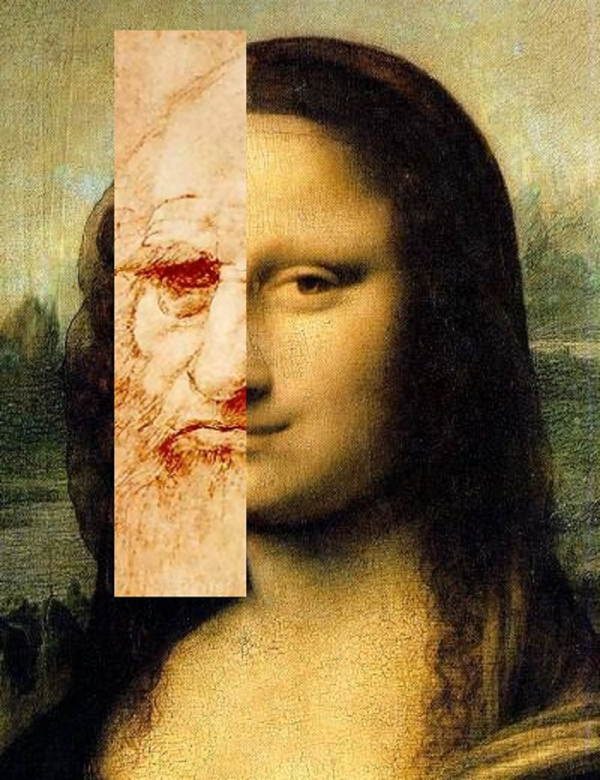
Source: Wikimedia
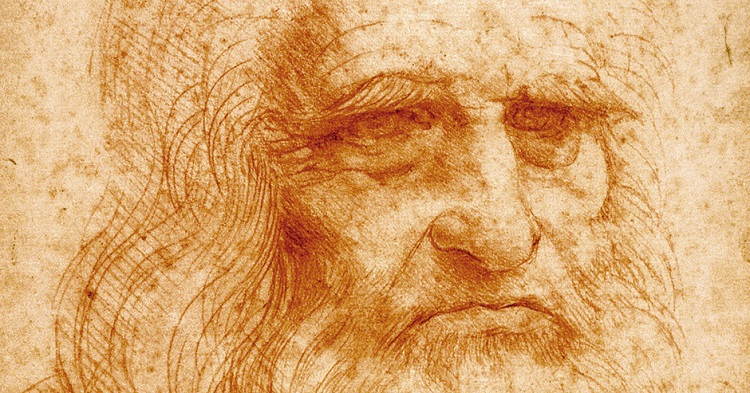
Source: Mona Lisa
To assess Mona Lisa’s emotion on a more scientific level, Dutch researchers from the University of Amsterdam in 2005 used “emotion recognition” software to determine the subject’s mood.
The technology demonstration in cooperation with University of Illinois at Urbana-Champaign determined the capricious smile to be 83 percent happy, 9 percent disgusted, 6 percent fearful, 2 percent angry, less than 1 percent neutral, and 0 percent surprised.
Other tests have determined that Da Vinci originally painted Mona Lisa wearing a bonnet and clutching the arm of the chair she is sitting in, as if she is about to rise from the seat.

Source: Goya Discovery
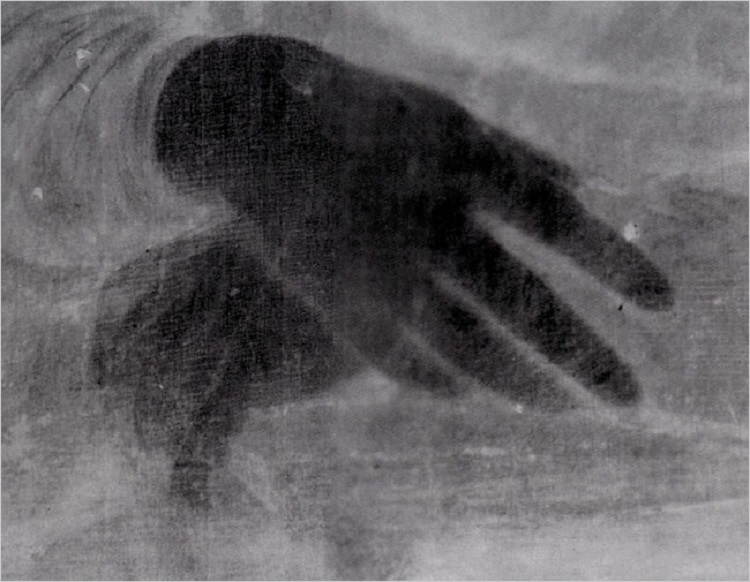
Source: The New York Times
Others still have been perplexed by the painting’s background, even going so far as to surmise that Da Vinci might have been creating images-within-an-image, not much different from the hidden objects that youngsters might search for in a Highlights magazine puzzle.
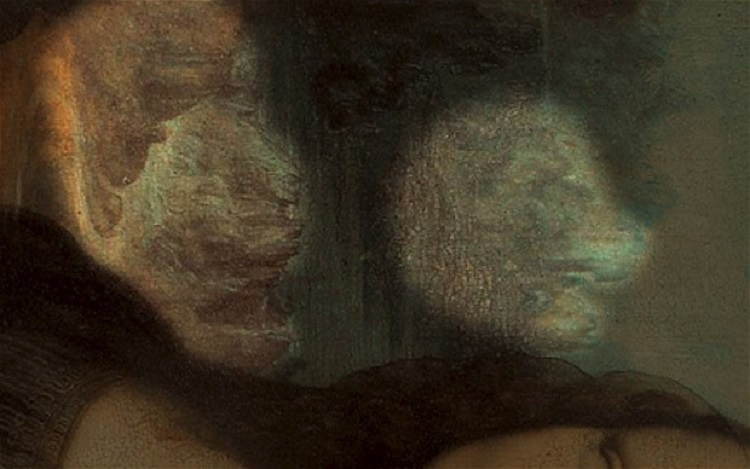
Source: The Telegraph
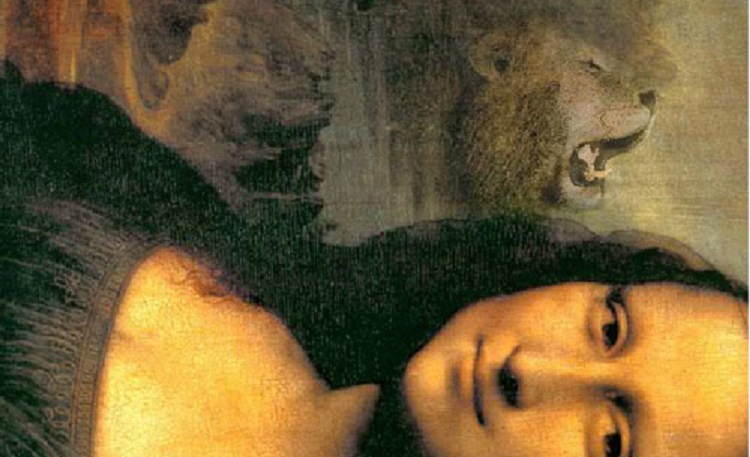
Source: Hi Tech Analogy
As one Da Vinci enthusiast believes, the portrait reveals a question mark when viewed upside down. His observations also describe “hidden” images of an ape, lion, horse and other creatures in the much-analyzed artwork.
Queiros-Conde also suggests that when the actual painting is viewed from a certain angle, a luminous form just under Mona Lisa’s left shoulder can be interpreted to be a human skull.
Still, others have performed experiments that they say reveal something even deeper in this and other Da Vinci paintings: aliens. When Terrence Masson, a graphic designer at Northeastern University in Boston, Mass., used computer technology to search for hidden messages in Leonardo’s masterworks, he discovered a Darth Vader-like image.
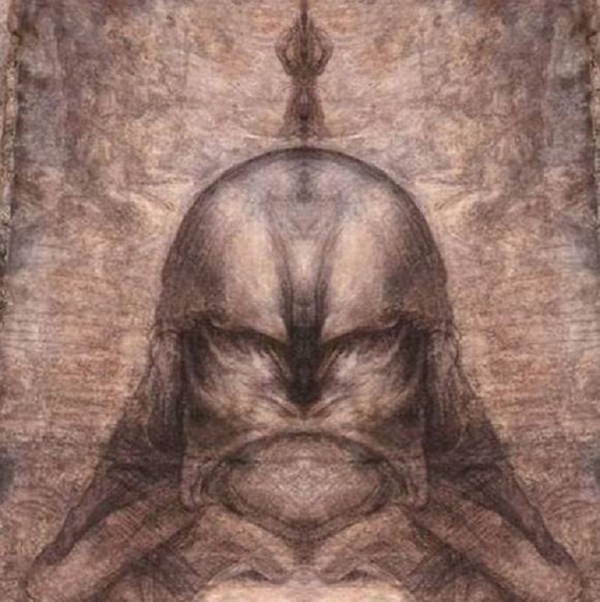
Source: Warm Photos
Did Leonardo Da Vinci intend to create so many questions that would be debated for centuries? The absence of eyebrows on Mona Lisa are just another aspect of the painting that has proved vexing for other academics.
Some say it would not be unusual for a woman of Lisa Gherardini’s status to pluck her eyebrows, as in the Renaissance a pronounced forehead was thought to convey intelligence.
Another theory is that the artist did in fact give the subject eyebrows and eyelashes, but they have faded or disintegrated over years due to cleanings, age and restorations. Still others say the missing eyebrows point to the fact that Da Vinci never completed the portrait.
The manifold mysteries surrounding the Mona Lisa may never be solved, but as technology advances, she seems to reveal more secrets that have been kept for more than five centuries.
Enjoy this fascinating look at the secret of Mona Lisa’s smile? Then be sure to check out our other posts on fun facts and Leonardo Da Vinci’s inventions!





